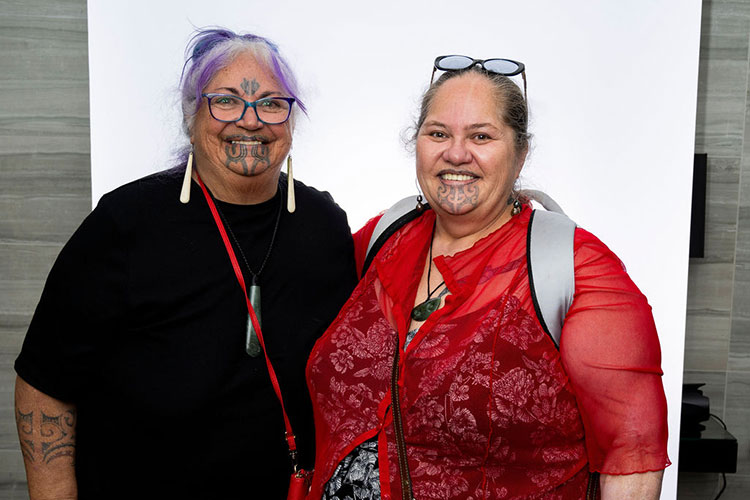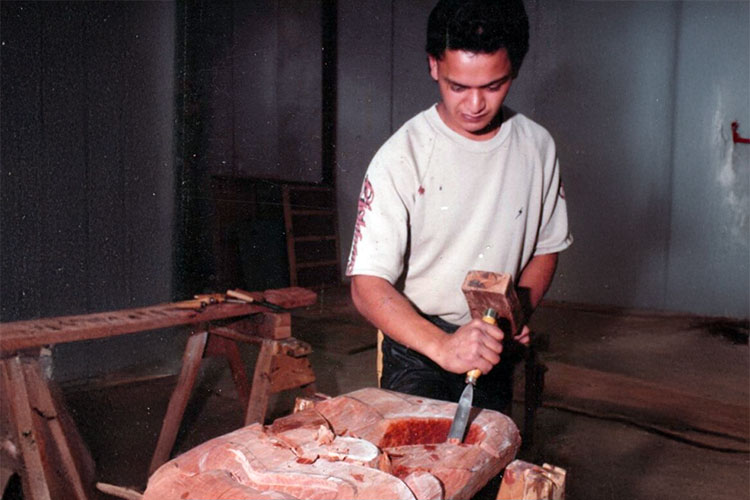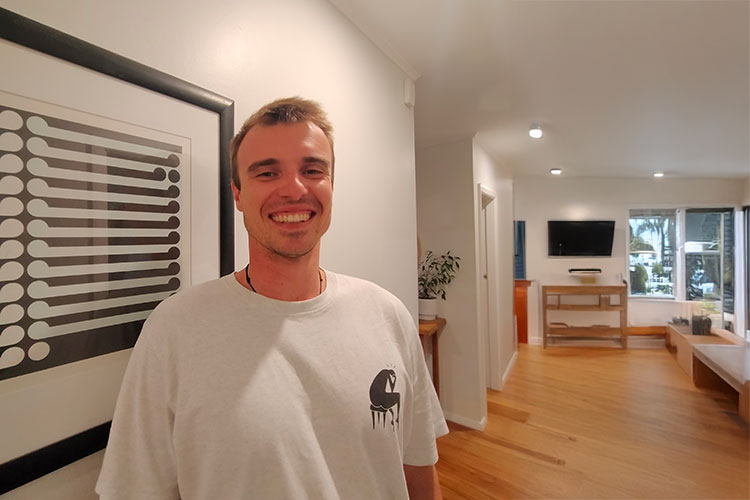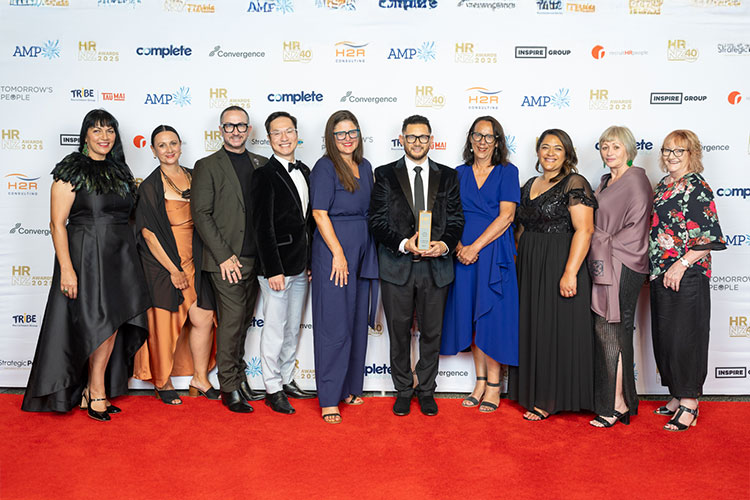For Nadya Rapata her passion for creating pākē or traditional Māori raincoats was probably an accident.
But the He Waka Hiringa: Masters of Applied Indigenous Knowledge tauira with Te Wānanga o Aotearoa says it was one of those fortunate mishaps.
“My actual kaupapa (topic) for my study was conservation but we had to do mini-projects and halfway through the programme I realised that pākē was it and once I clicked on to that it was magic.”
Nadya’s works feature at the exhibition He Waka Hiringa: Transforming Communities at the Māngere Arts Centre.
The theme of the exhibition is about the importance of building community mana through Te Ao Māori.
Nadya, who explored how pākē were used in the past and now, has given the traditional a contemporary shake-up using different materials producing pākē made of mop roll and harakeke and another made entirely of Chinese silk.
Nadya (Ngāti Korokoro, Te Pouka, Ngāti Porou ki Harataunga) says the aim of her He Waka Hiringa studies is to give something back to her community in a language that’s understood by everyone.
Part of this was introducing people to kākahu Māori (clothing) and materials that many possibly have never heard of.
“This year I made a pākē using kuta, which is a reed that is quite beautiful and golden when it dries. I also used kiekie, then I worked up to pīngao and neinei. People wouldn’t know some of these materials so it’s about creating an educational resource and something that’s interactive.”
The exhibition, that runs until January 20, 2018, features the work of several He Waka Hiringa students, all of whom are the first cohort of the programme that runs at Te Wānanga o Aotearoa’s Māngere campus.
“There are some diverse kaupapa on display at the exhibition. Someone is doing waka ama, another has chosen housing rights as their kaupapa and another has created a soundtrack,” says Nadya.

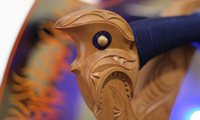
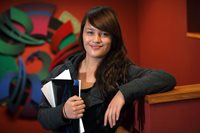


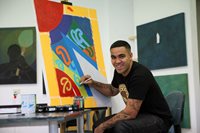

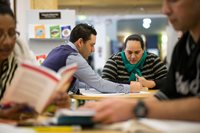
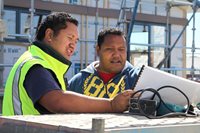
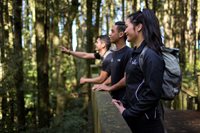

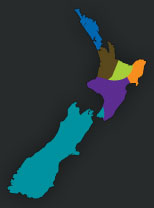










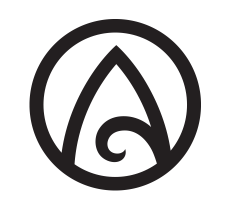








.ashx?h=2736&la=en&w=1824&hash=1E75B817A195D65B35D8F0F1E1EE98A7B3A722BC)
